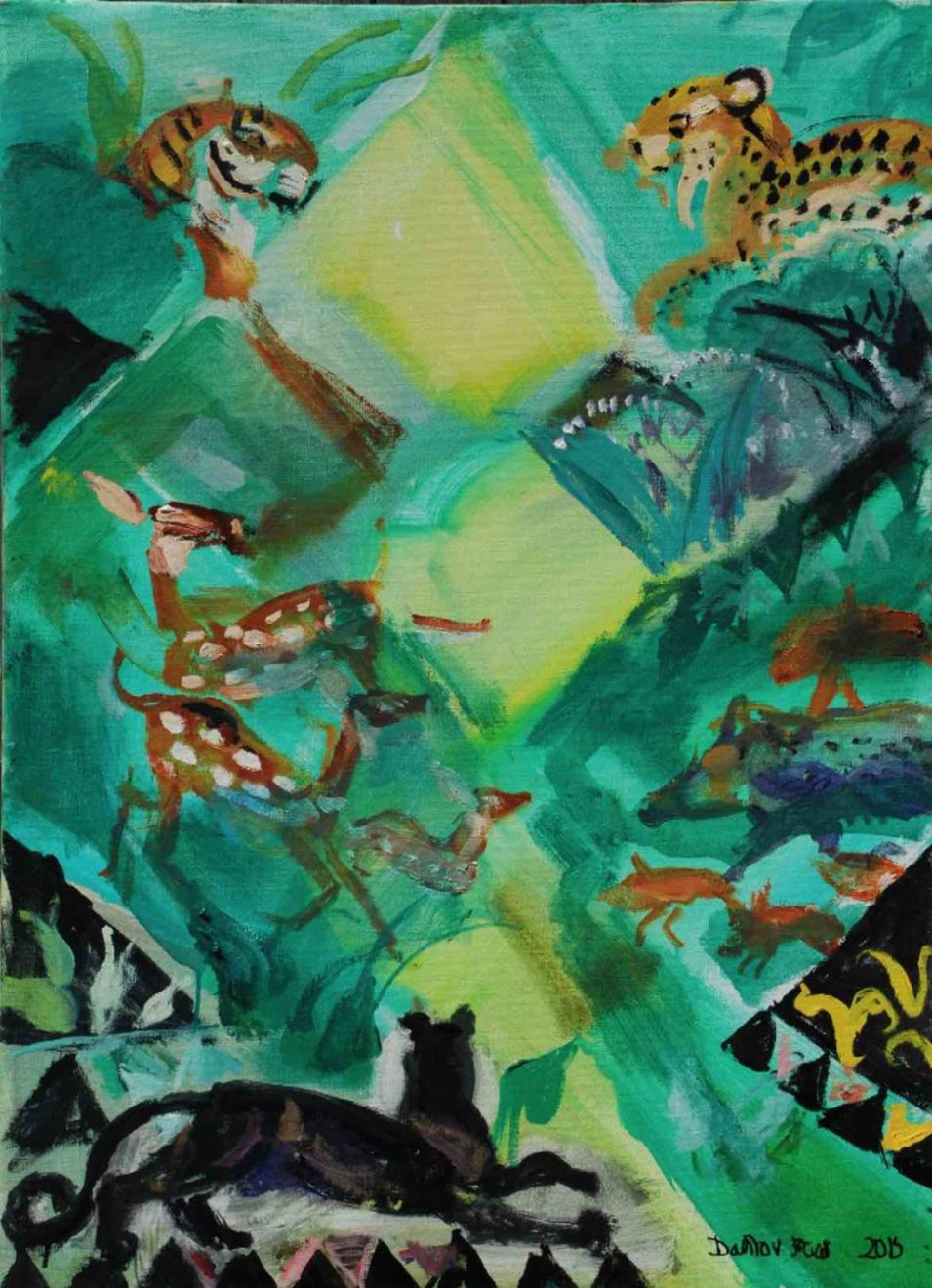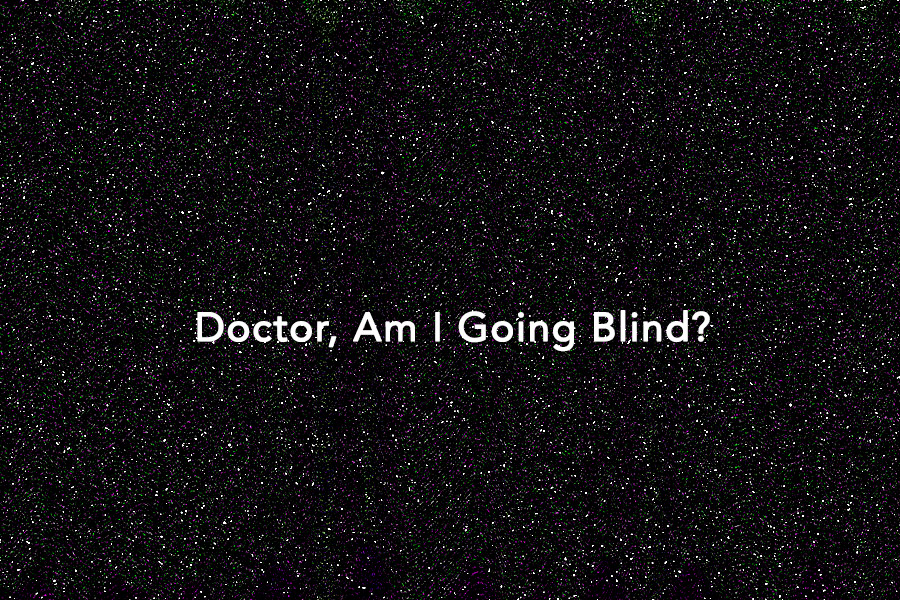You might think the work of an artist who is losing sight would come to a tragic end. Think again.
“The Persistence of Vision”, an exhibition at the University of Cincinnati, is meant to change that perception. The collection highlights the works of 8 artists, before and during the progression of their vision loss from age-related macular degeneration.
Macular degeneration is the leading cause of legal blindness among people over age 65. It depletes the central vision and impairs the ability to differentiate color and detail. The peripheral vision usually remains and can be used in some ways to compensate for the loss in central.
The process of adapting included strategizing, experimenting and improvising. Many took on a less intricate, more abstract style and all showed changes in their use of color. One artist discovered a great sense of freedom in a new less precise, more relaxed technique. Some went from drawing to painting, others ventured from painting to drawing. In most cases, the lines became blurred but still beautiful. In their 70’s, 80’s, and 90’s, they all continued creating exquisite work.
Beyond the obvious commonalities, the 8 artists possess a strong desire and willingness to find new ways of compensating their partial loss of sight. The subject matter is specific, but the overriding theme is universal and can be applied to all work. This is actually about the art of adjusting.
“The Persistence of Vision” is at The Philip M. Meyers, Jr. Memorial Gallery at the University of Cincinnati, through July 29, 2018. It is part of the Vision and Art Project funded by the American Macular Degeneration Foundation.
For more on The Vision and Art Project exhibition, Click Here
For more on this in the NY Times, “Artists Who Lose Their Vision, Then See Clearly,” Click Here
Image Credit: Dahlov Ipcar “Sunlight in Forest Glade” (unfinished, 2015) at The DAAP Galleries: Philip M. Meyers Jr. Memorial Gallery.

